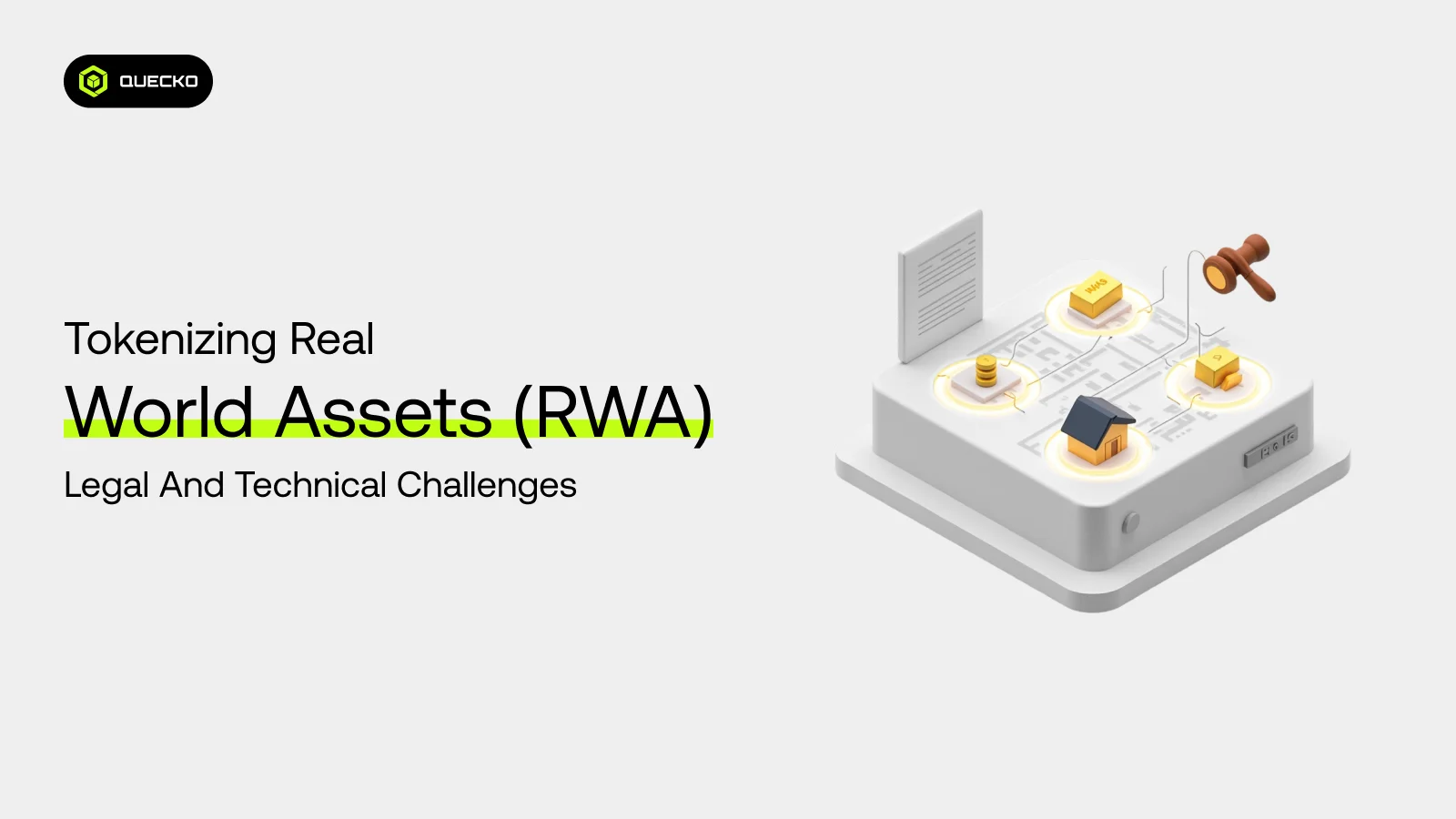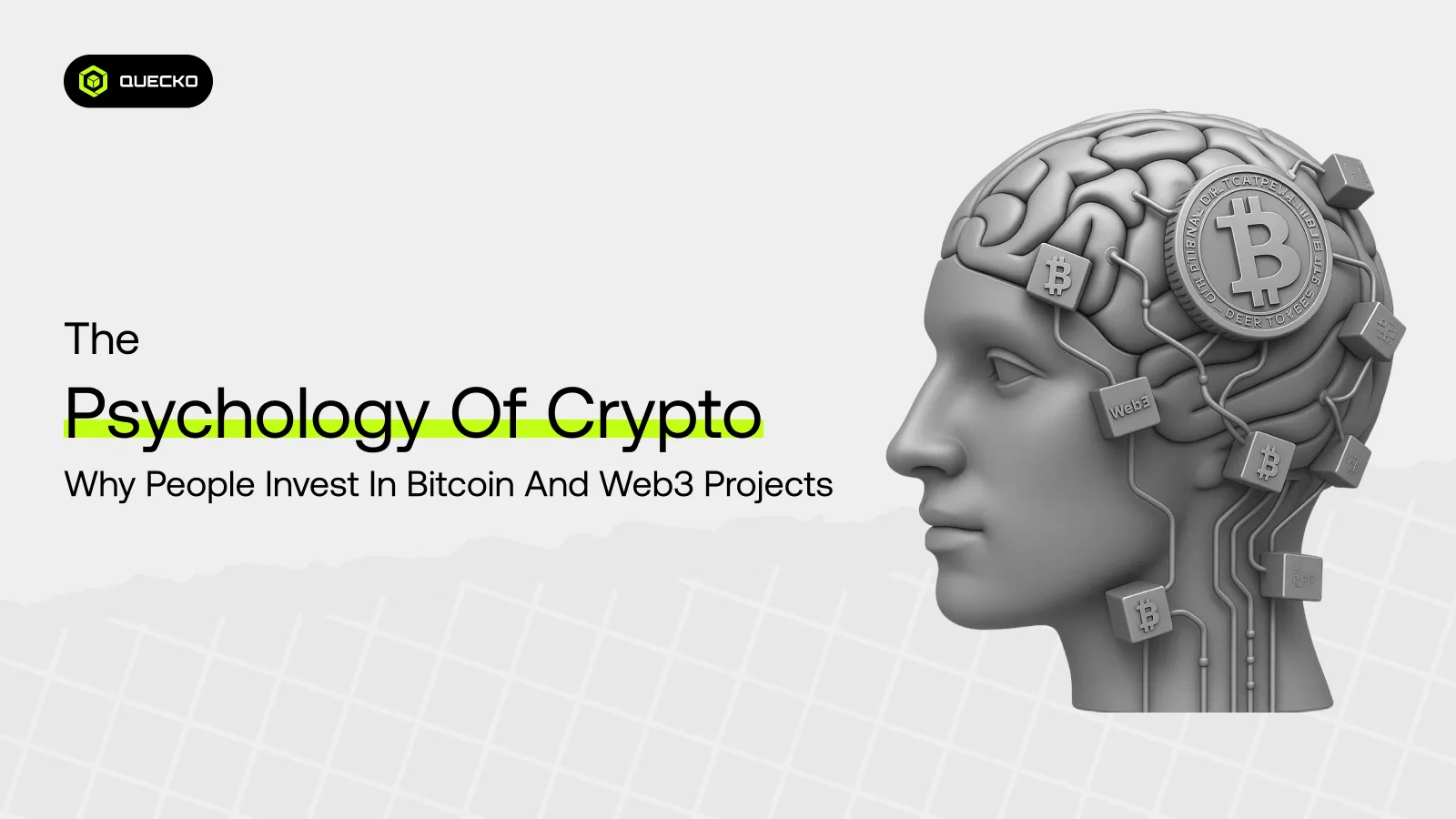Tokenizing Real-World Assets (RWA): Legal and Technical Challenges
Discover the legal and technical challenges of tokenizing real-world assets (RWA), including regulatory hurdles and smart contract risks, in this comprehensive guide for investors, builders, and blockchain adopters.

The concept of tokenizing real-world assets (RWA) is rapidly gaining traction in the blockchain and finance industries. Whether it’s real estate, commodities, art, or bonds, tokenization allows these physical or traditional financial assets to be represented as digital tokens on a blockchain. This innovation aims to bring liquidity, fractional ownership, transparency, and global accessibility to previously illiquid markets. These benefits are made possible by the underlying blockchain technology, which enables secure and immutable digital representations of physical assets.
According to Boston Consulting Group, asset tokenization could become a $16 trillion business opportunity by 2030. This growth is being fueled by advances in distributed ledger technology, which enables secure, transparent, and immutable digital record-keeping. But despite the potential, the path is far from smooth. The process faces several legal and technical challenges that must be addressed before RWAs can be adopted on a large scale.
In this article, we explore the key obstacles, both legal and technological, that tokenized RWAs must overcome and what the future holds for this emerging frontier.
What Are Real-World Assets (RWAs)?
Real-world assets (RWAs) are physical or off-chain financial assets that exist outside the blockchain environment. These include:
- Real estate properties
- Gold and precious metals
- Bonds and equities
- Artworks and collectibles
- Intellectual property rights
- Commodities like oil or wheat
Tokenization refers to the process of creating a digital token on a blockchain that represents ownership or rights to these underlying assets. These tokens function as digital assets, enabling the transfer and trade of real-world value on blockchain platforms. They play a key role in bridging traditional markets with blockchain by offering programmable digital assets that are programmable and globally accessible.
For example, a luxury apartment can be represented as 1,000 tokens on Ethereum, with each token representing 0.1% of ownership.
Benefits of RWA Tokenization
Before diving into the challenges, it’s important to understand why tokenizing RWAs is such a big deal:
1. Liquidity
Traditionally illiquid assets, such as real estate or fine art, can now be traded 24/7 on decentralized platforms. Listing tokenized assets on a Decentralized Exchange allows for continuous, permissionless trading without relying on intermediaries.
2. Fractional Ownership
Tokenization allows more investors to participate by lowering the barrier to entry.
3. Global Market Access
Investors worldwide can buy and trade tokens representing assets in various countries without the need for intermediaries.
4. Transparency and Auditability
Blockchain’s immutable ledger ensures transparent record-keeping and reduced fraud. This transparency enhances trust in digital assets that represent physical goods or financial instruments. It also supports the broader acceptance of digital currency by offering traceable and verifiable on-chain transactions linked to real-world value.
5. Programmability
Smart contracts can automate dividend payments, rental income distribution, and compliance checks, thereby streamlining these processes.
Despite these advantages, regulatory ambiguity and technological complexity continue to slow down adoption.
Legal Challenges in RWA Tokenization
Before diving into the specific legal hurdles, it’s essential to understand the broader legal considerations that influence the structure, issuance, and trading of tokenized real-world assets across different jurisdictions.
1. Regulatory Uncertainty Across Jurisdictions
Blockchain operates globally, but laws are local.
- Securities classification is one of the biggest legal concerns. Many tokenized RWAs may be classified as securities under laws like the Howey Test in the U.S.
- This requires registration, disclosures, and compliance with investor protection laws.
- In the EU, tokenized assets may fall under MiCA (Markets in Crypto Assets Regulation) or existing financial instruments laws.
Key problem: Lack of standardization across countries creates uncertainty for issuers and investors.
2. Legal Enforceability of Tokenized Ownership
Holding a token doesn’t automatically confer legal ownership unless on-chain ownership is recognized by law.
- For example, if a real estate token holder wants to sell their share or claim rental income, will courts honor the token?
- Often, off-chain legal contracts are still required to back the on-chain tokens.
Solution trend: Use of legal wrappers, corporate entities, or trusts that hold the physical asset and issue tokens as equity or debt instruments tied to it. This model is increasingly being adopted in security token offerings, where legal rights are embedded into token structures that comply with traditional securities regulations.
3. KYC/AML Compliance
Tokenization platforms must comply with Know Your Customer (KYC) and Anti-Money Laundering (AML) regulations.
This is a challenge for decentralized platforms where pseudo-anonymity is the norm. Effective AML checks are crucial for preventing money laundering and ensuring that tokenized assets operate within legal financial systems.
Onboarding users through regulated custodians or token issuance platforms becomes necessary but affects decentralization. Incorporating KYC verification processes ensures platforms meet compliance standards while reducing the risk of illicit financial activity. Emerging privacy-preserving technologies like Zero-knowledge proofs can help validate user credentials without revealing sensitive information, offering a potential bridge between regulatory demands and user privacy in tokenized ecosystems.
4. Custodianship and Asset Control
Who controls the actual underlying asset?
A token representing 1% of a warehouse of gold is only valuable if that gold is stored, secure, and auditable. Projects offering tokenized gold must ensure full transparency and robust auditing to maintain investor trust.
- Custodian risks arise when the entity holding the asset goes bankrupt, acts fraudulently, or is not properly regulated.
Robust third-party audits and escrow mechanisms must support tokenized treasuries, real estate, and gold to ensure transparency and security. Tokenized real estate platforms must also ensure that property ownership is backed by legal documentation and regular audits to maintain trust among investors.
5. Cross-Border Taxation and Jurisdiction Issues
Because tokenized assets can be traded globally:
- Tax liabilities can arise in multiple jurisdictions.
- The legal dispute resolution process becomes complex when token holders and issuers are based in different countries.
This highlights the need for international tax guidance and arbitration frameworks specifically tailored to blockchain.
Technical Challenges in Tokenizing Real-World Assets
While legal compliance is crucial, tokenization also demands advanced technical solutions.
1. On-Chain and Off-Chain Synchronization
Real-world assets exist off-chain, while tokens live on-chain.
- Keeping both in sync requires oracles, APIs, and centralized verifiers.
- For example, if a real estate property burns down, does the on-chain token reflect that damage?
- If the gold is stolen or replaced, how would the token holders know?
This is called the “oracle problem”, and it challenges the reliability of tokenized systems.
2. Smart Contract Security
Smart contracts that govern token issuance, trading, and income distribution must be:
- Secure
- Audited
- Upgradeable (when needed)
Any vulnerability can lead to loss of funds or manipulation, especially when assets worth millions are involved. To minimize these risks, developers rely on cryptographic techniques to secure smart contracts and ensure data integrity across the blockchain.
Notable risk: A bug in a contract managing tokenized bonds could halt interest payments or accidentally burn tokens to further enhance security and confidentiality, developers are also exploring Zero-knowledge proofs for validating transactions and asset ownership without exposing underlying data on public ledgers.
3. Interoperability
Different blockchains (Ethereum, Avalanche, Solana, etc.) have different standards (ERC-20, ERC-721, ERC-1155). Tokenized-These Blockchain Networks often operate in isolation, making interoperability a critical concern for tokenized asset ecosystems.
RWAs need to:
- Be compatible across chains
- Support bridges and cross-chain communication
- Allow for token migration if platforms evolve
Lack of standardization slows down institutional adoption. Enhancing cross-chain interoperability will be crucial for facilitating seamless asset transfers and collaboration across various blockchain networks and financial ecosystems.
4. Scalability and Gas Fees
- Most tokenized RWAs today operate on Ethereum, which can suffer from network congestion and high gas fees.
- For small investments (e.g., $100 into a real estate token), high fees make transactions economically unfeasible.
- Layer 2 solutions such as Arbitrum, Optimism, and zkSync, are being explored, but their adoption is still in the early stages.
5. User Experience (UX) and Wallet Management
Traditional investors are not crypto-native. They expect:
- Easy onboarding
- Clear rights and returns
- No need to manage private keys
The current wallet experience (e.g., MetaMask) is too complex for mainstream users. Custodial solutions offer a workaround, but reintroduce centralization and security risks. Beyond legal issues, effective asset management requires seamless interaction between blockchain-based systems and traditional infrastructure.
Real-World Examples of RWA Tokenization
1. RealT
A U.S.-based platform offering fractionalized real estate tokens on Ethereum. Users can earn rental income paid in stablecoins.
2. Ondo Finance
Tokenizes U.S. Treasury Bonds and offers them to DeFi users globally. Uses compliant wrappers and custodians to maintain legality. This approach provides decentralized investors with blockchain-based exposure to US Treasury markets in a compliant and transparent manner.
3. Centrifuge
Bridges RWAs., such as invoices and business loans into DeFi protocols like MakerDAO, enabling real-world collateralization.
These examples illustrate how DeFi platforms are evolving to integrate real-world assets, providing new avenues for users to access yield, credit, and investment opportunities through blockchain-based systems.
Solutions and Path Forward
1. Regulatory Sandboxes
Governments are beginning to create regulatory sandboxes where startups can test tokenized products under legal supervision (e.g., the UK’s FCA sandbox, MAS in Singapore). These sandboxes help startups navigate regulatory compliance while experimenting with new blockchain-based financial models. Educational initiatives and professional training programs are also emerging to help finance and legal professionals understand blockchain integration, with some even offering CPE credits to encourage broader industry adoption.
- Standardization Efforts
Projects such as the Tokenized Asset Coalition and the Real World Asset Alliance are developing legal, technical, and financial standards for tokenized assets. These initiatives aim to establish global frameworks that can accelerate Real-World Asset Tokenization at scale.
- Asset-Backed Stablecoins and RWA Funds
Stablecoins like USDC are effectively tokenized dollar holdings, demonstrating how regulation and technology can meet in the middle.
Meanwhile, tokenized RWA funds enable exposure to real-world yields with a blockchain-native user experience Tokenized versions of traditional instruments such as Money Market Funds are also emerging, offering short-term, low-risk returns on-chain.
To unlock the full potential of tokenized assets, enhanced cross-chain interoperability is needed to ensure tokens can move freely between protocols, regardless of the underlying blockchain infrastructure.
The Future of Tokenized RWAs
Despite hurdles, the trend is accelerating:
- BlackRock, Franklin Templeton, and JPMorgan have launched pilot projects in RWA tokenization.
Public blockchains are being recognized as infrastructure for future finance. As digital currency adoption grows globally, tokenized RWAs could serve as a bridge between fiat systems and decentralized economies. This ever-increasing trust reflects how blockchain technology is becoming foundational to next-generation financial infrastructure.
- Institutional interest is creating pressure for clear legal frameworks. A well-defined regulatory framework will be crucial to ensure trust, investor protection, and the widespread adoption of tokenized assets.
Tokenization will not replace traditional finance overnight. But over the next decade, hybrid systems where assets exist off-chain but are managed and traded on-chain are likely to become the norm.
Conclusion
Tokenizing real-world assets promises a radical transformation of capital markets, offering increased liquidity, inclusivity, and efficiency However, these benefits come with legal ambiguities and technical complexities that must be carefully addressed. As technology matures and regulators evolve,we can expect to see the emergence of regulated, secure, and user-friendly tokenized asset platforms that bridge the gap between the traditional and decentralized financial worlds.
Tokenized RWAs are not just a trend; they are a gateway to the future of finance.
Date
5 months agoShare on
Related Blogs

How to Create an Altcoin
19 hours ago

From Hashes to Lattices: The Future of Blockchain Security
2 days ago

The Psychology of Crypto: Why People Invest in Bitcoin and Web3 Projects
13 days ago

Layer 2 Solutions: Scaling Bitcoin and Ethereum Without Breaking the Chain
14 days ago







